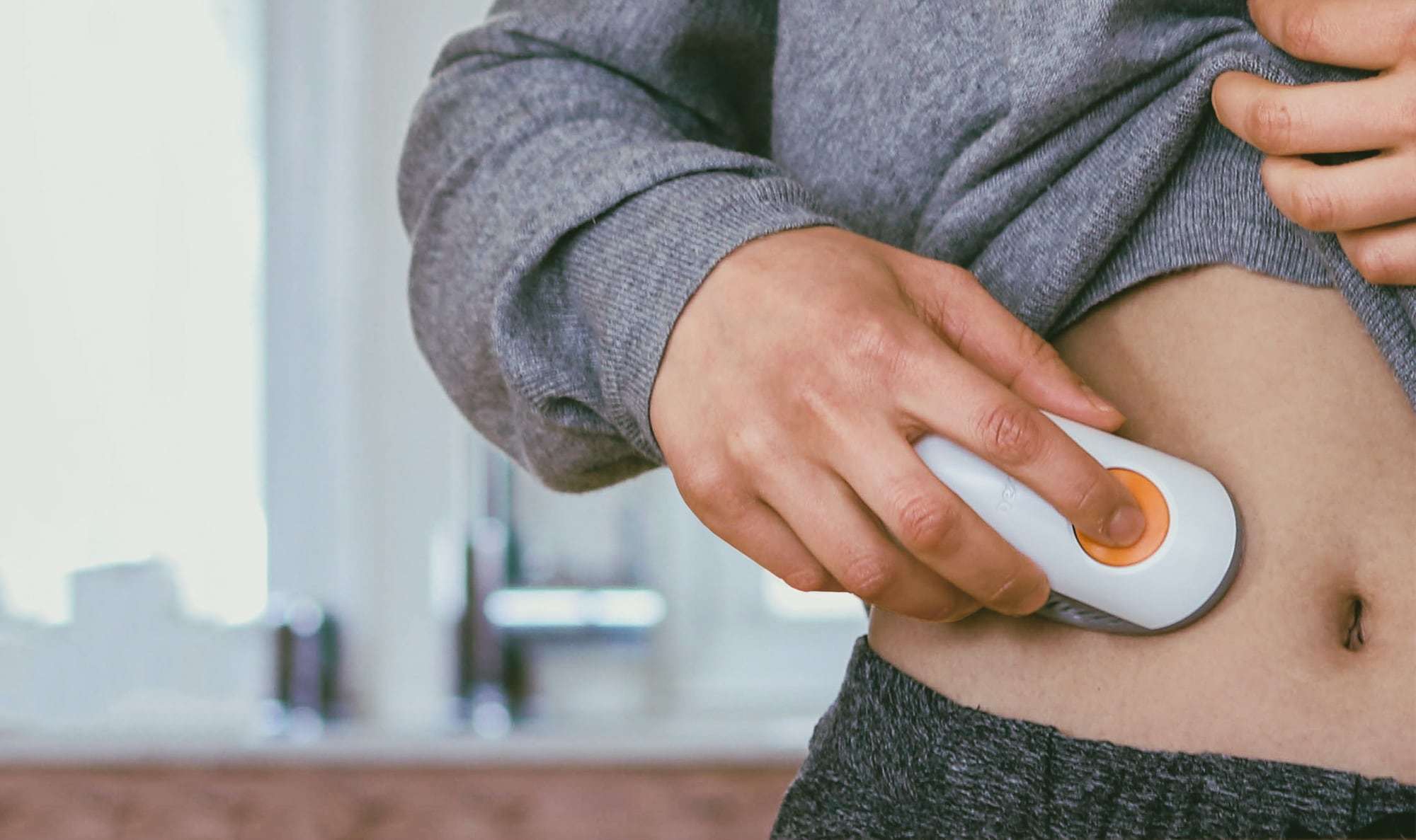Dexcom: G6 Continuous Glucose Monitoring System_ARCHIVED_2025-04-25
Users fell in love with the Dexcom G6 because it transformed what had once been an intimidating experience to one that was painless and error-proof.
- Medical Devices
- Digital
Dexcom
No Pain, Lots of Gain
Let's build something together.
Award
Winner
Winner
Penumbra: REAL™ Immersive System
The first virtual reality system that is purpose-built from the ground up for rehabilitation in a healthcare environment.
Read more
Victor: A Better Mouse Trap
How do you build a better mouse trap? Get smart. Connectivity enabled Victor® to design a 21st-century solution to a centuries-old problem.
Read more
Award
Winner
Winner
Otometrics: Otoscan
Laser scanning technology could create a 3D digital image of the complete ear. But to work, a headset placed around the patient’s ear during the scan had to be completely immobile.
Read more
ProNova: SC360 Proton Therapy System
Imagine being strapped into a large machine, completely immobilized, for an hour while it delivers high doses of radiation to treat your cancer - every day for six months.
Read more
